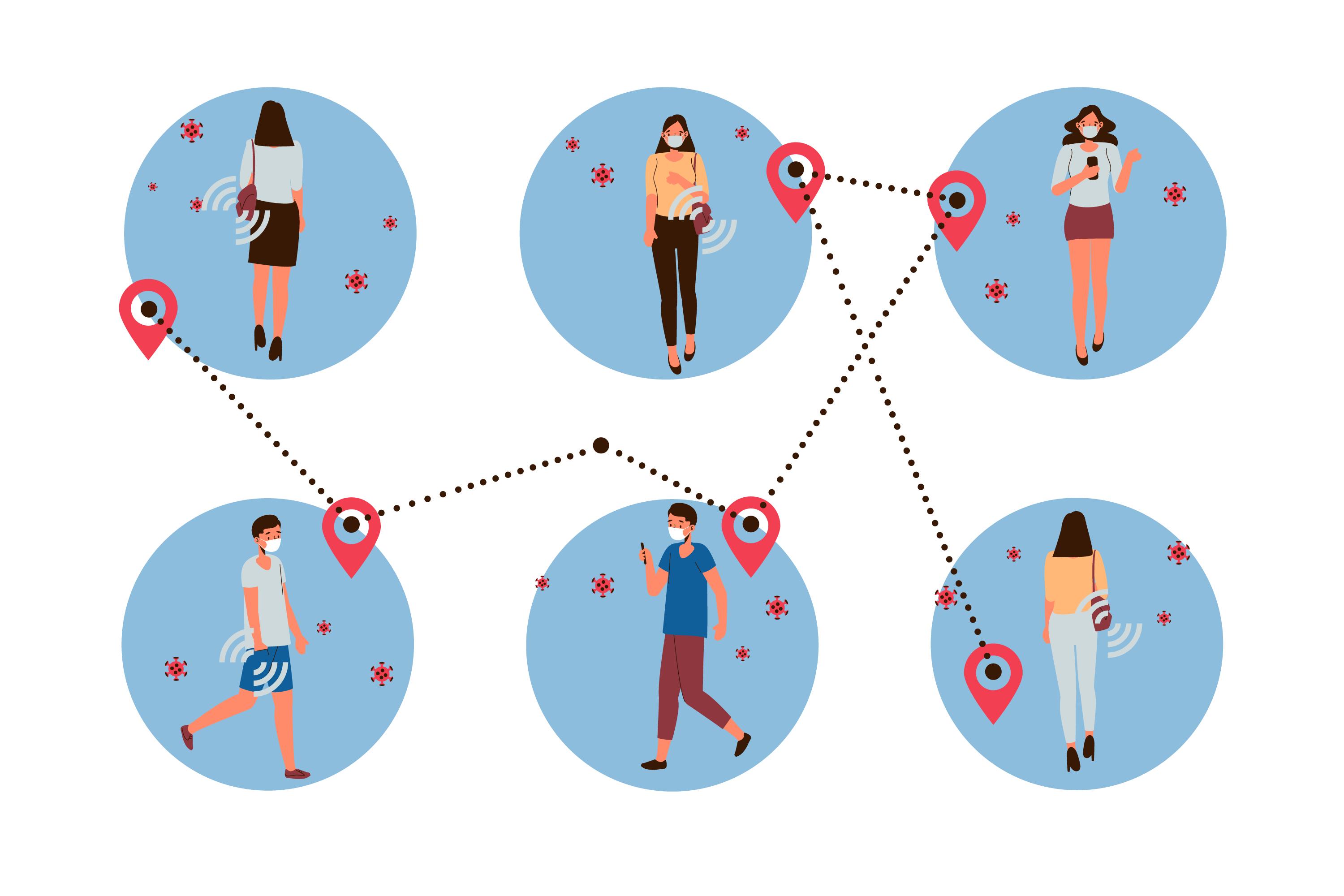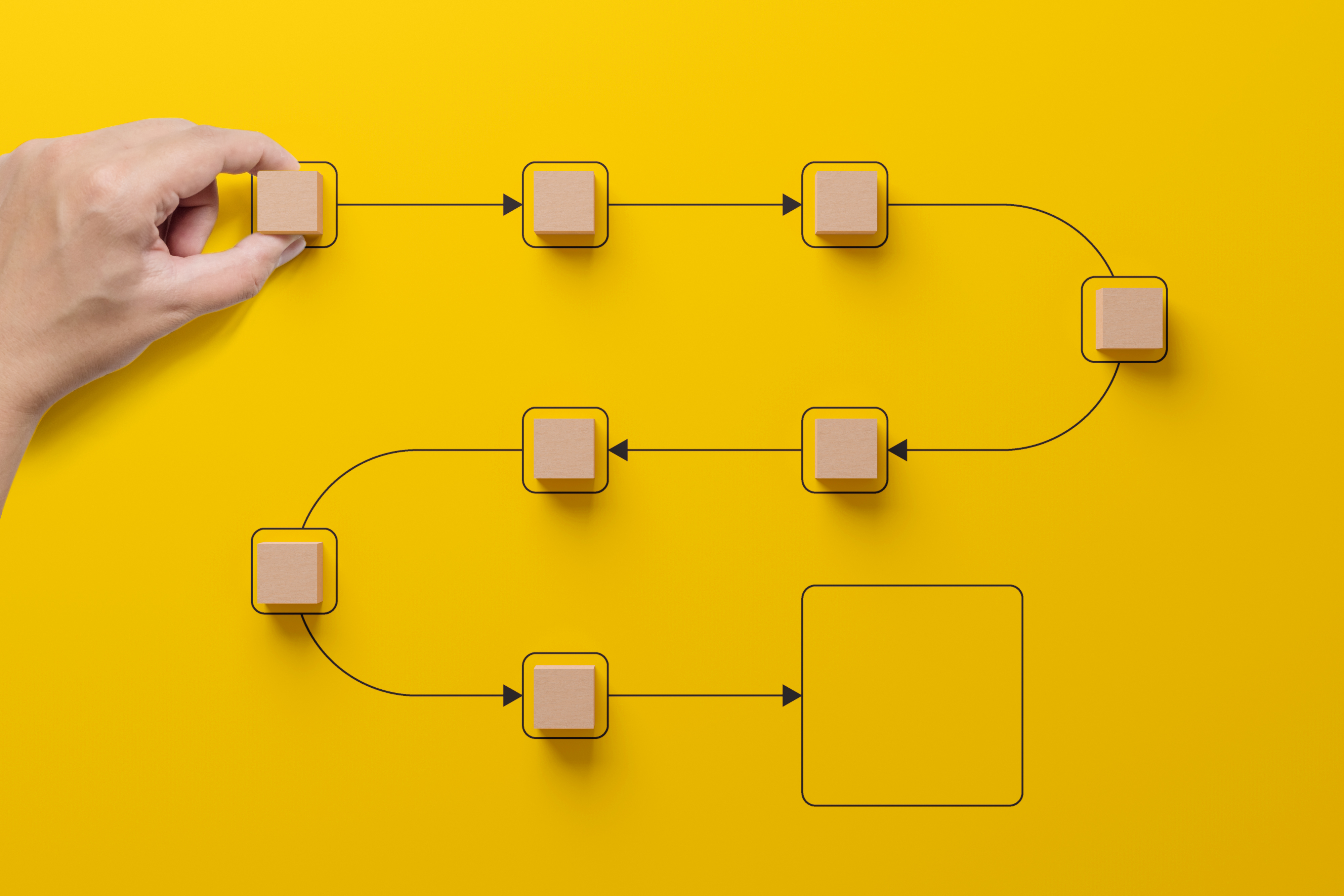The Buyer Journey: A Story About Decisions
The buyer journey focuses on the process a person goes through before they make a purchase. It’s the mental and emotional path people take while deciding whether to buy something and who to buy it from. When I think about the buyer journey, I see it as a sales lens, it helps me understand how people discover, evaluate, and commit.
The buyer journey typically includes three key stages:
Awareness Stage
This is where people realize they have a problem or need. They’re asking questions like:
- Why is my website traffic dropping?
- Why isn’t my skincare routine working?
- How can I make my business run smoother?
At this point, they’re not looking for a specific product, they’re looking for understanding. As a marketer, my job here is to educate and guide, not to sell. If you’re planning campaigns around this, I’d recommend linking it with
Components of a Customer Journey Map because it helps align awareness content with emotional triggers.
Consideration Stage
Here, the buyer knows their problem and starts exploring solutions. They’re comparing brands, checking reviews, watching demos, and doing homework. This is where trust starts to form or break. I’ve learned that the most successful brands in this stage are the ones that help without pushing, they educate with empathy.
Decision Stage
This is the final stretch, the moment of truth. The buyer chooses the product, vendor, or service that feels right. It’s not just about price; it’s about confidence and perceived value.
If you want to see how these three stages fit into a larger emotional map, check out
Steps to Creating a Customer Journey Map.
The Customer Journey: A Story About Experiences
Now, here’s where things expand. The customer journey goes beyond the purchase it captures the full relationship between the customer and the brand. It starts before awareness and continues after the sale through onboarding, support, satisfaction, advocacy, and even renewal, or repeat purchase.
If the buyer journey is a short film about one decision, the customer journey is the entire series, every season, every plot twist, every emotional moment.
Here’s what it includes beyond the initial sale:
- Onboarding: How easy it is to get started after buying.
- Usage: How well the product or service meets expectations.
- Support: How quickly issues are resolved when they arise.
- Loyalty: Whether the customer feels valued after purchase.
- Advocacy: Whether they recommend your brand to others.
I’ve often seen businesses that spend months optimizing their buyer journey but neglect everything that happens after the sale. That’s like planning the perfect wedding but ignoring the marriage that follows. The real relationship begins after the purchase.
You can dive deeper into how this relationship grows over time in
The Evolution of the Customer Journey Map.

The Key Difference: Transaction vs Relationship
Here’s how I personally define the difference between the two:
| Aspect | Buyer Journey Map | Customer Journey Map |
|---|---|---|
| Focus | The path to purchase | The overall brand experience |
| Goal | Conversion | Retention and loyalty |
| Duration | Ends at purchase | Continues after purchase |
| Perspective | Marketing and sales-centric | Customer-centric |
| Emotion | Curiosity → Confidence | Trust → Satisfaction → Advocacy |
When I started mapping both side by side, I realized that one feeds into the other. A seamless buyer journey brings someone in, while a meaningful customer journey keeps them close. The bridge between the two is trust — built through consistent, human experiences across every touchpoint.
Why This Distinction Matters
Understanding the distinction helps you design smarter strategies. Here’s what changed for me once I saw the full picture:
- I stopped treating conversion as the finish line; it became the starting point for retention.
- My content calendar expanded — I began creating materials for onboarding, retention, and advocacy, not just awareness and consideration.
- I learned to align marketing, sales, and customer support teams around a shared narrative, the customer’s.
In other words, I stopped asking, “How do I sell more?” and started asking, “How do I make my customer’s entire experience better?” That single shift improved both conversions and loyalty.
How to Use Both Together
The truth is, you need both. The buyer journey helps you attract and convert; the customer journey helps you engage and retain. Here’s how I blend them in my strategy:
- Start with the buyer journey to create awareness and build confidence.
- Extend into the customer journey to deliver value beyond the purchase.
- Measure both continuously by tracking conversions and satisfaction.
That balance creates what I call a “360° experience”, one where customers don’t just buy from you once, but keep coming back because every step feels easy, honest, and human.
To learn how to map this entire process effectively, check out
Customer Journey Mapping: Understanding Every Step of Your Customer’s Experience
My Takeaway
For me, the buyer journey is where connection begins, but the customer journey is where relationships are built. When you focus only on getting customers, you win sales. When you focus on keeping them, you build a brand.
If I had to choose just one mindset to carry forward, it would be this: don’t just guide people to buy from you, guide them to believe in you.
Up next, I’ll share how this idea evolved and why modern brands now see the journey as continuous, not linear in: Components of a Customer Journey Map
Interesting Read
Top 10 Best WooCommerce Membership Plugins You Should Try in 2025
Website Developers Near Me: How to Hire the Right Local Expert for WordPress Success in 2025
https://woosellservices.com/wordpress-vs-wix-which-is-better/


